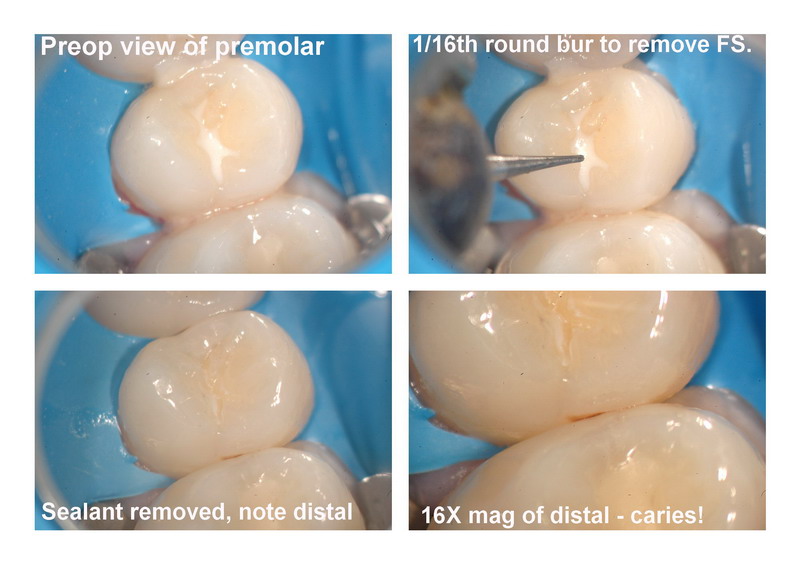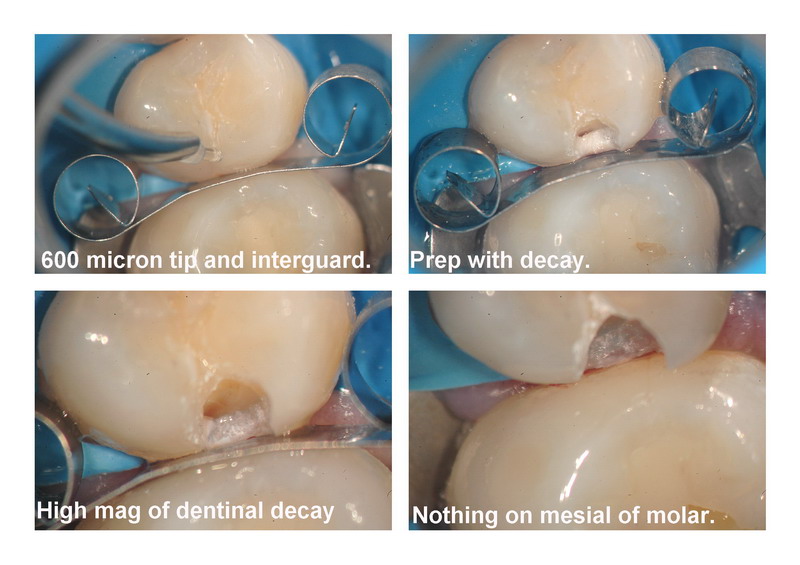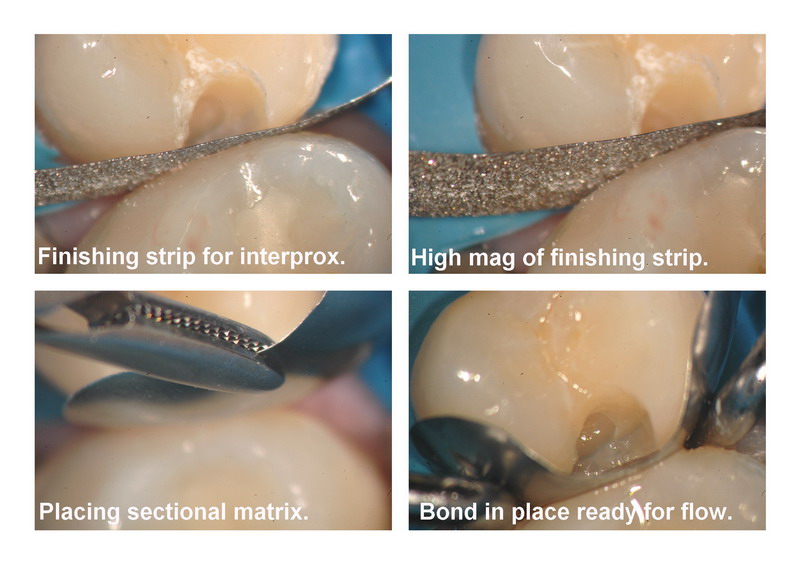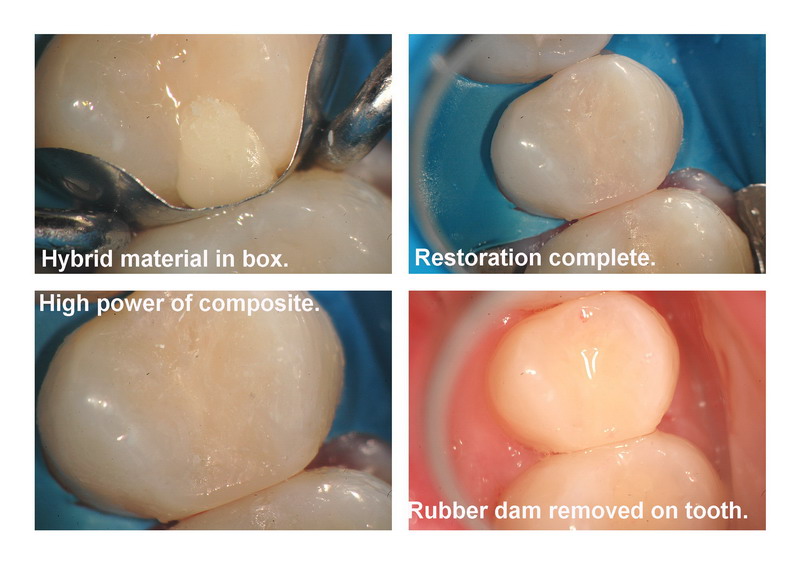Forums › Laser Treatment Tips and Techniques › Hard Tissue Procedures › Caries detection while using laser
- This topic is empty.
-
AuthorPosts
-
adelddsSpectatorTwo days with the DeLight and I am delighted!
I have noticed that the preps are obviously quite different then when using a traditional handpiece. On Tuesday I kept feeling the prep with my explorer and kept getting a “stick.” I used caries detecting soln and had no stain. I used a slow speed and found nothing. I was told not to use the Diagnodent after using the laser bcz it gives off false info (is this true?). The loopes that I was using were only 2x (I just got my new 3.5 ef today). So my question is, is laser dentistry so “micro” that perhaps I was really feeling the binding of the sides of the prep on the explorer and not really caries at all?
Thanks,
Marc
kellyjblodgettdmdSpectatorMarc – Good questions. I’m assuming that you were in dentin when you were getting these “sticks”. The laser definitely alters the tooth surface usually creating a surface that (1) will frequently give false positives using caries detection dye and (2) will react differently to the diagnodent.
My solution, as I think is true for a lot of seasoned laser users is to finish with either a NEW round bur or a very sharp spoon. The micro-spoons sold by Mark Colonna’s company are the best. So small and SO SHARP!
Hope that helps. Congrats on the new laser AND the new loupes. I don’t know how some dentists practice without them?!
Kelly
drnewittSpectatorI’m with you Kelly
I always go in with my NSK electric and a sharp new slow speed. Very slow rpm and scoop. Then I go back over the prep with the laser at about 1.4 W (20hz/ 70mj) to resurface.
The preps will be quite different. no smear layer for one with the laser Vs. the high speed. I imagine you might still get a stick if you push an explorer into that ablated surface. I haven’t tried stick an explorer back in. The slow speed or spoons and then the “laser Etch”, which is going to destroy bacteria also, and a resin ionomer on top, seems to do the trick.
Oh, and use a self etching bond to remove the ablation products prior to filing material.
Vince C FavaSpectatorIt is or can be truly micro. When using higher mags (scope), it always seems like I’m creating huge troughs and holes, only to have my regular spoon or ball burnisher be way too large to fit the access! IMO, 3.5x mags (have DFV) is the ‘weakest’ mag when using lasers. A light source is crucial too.
My protocol is usually;
1. Verify diagnodent readings
2. Rondoflex for stain and junk in fissures.
3. DELight for prepping.
4. I like to use a 1/16th round bur (heard Glen mention this in a lecture when I purchased my laser and thought…1/16th!?!?! yup, a 1/4 round is the size of a darn boulder in most preps) after laser prepping if necessary.
5. Restore as required.Cheers
Glenn van AsSpectatorHey Vince……thanks for the kind words. Yes under high mag there is a bur on the end of that 1/16th round bur (high speed).
As mentioned……slowspeed or electric handpieces , heck even some guys and gals are using endo handpieces with a slowspeed round bur with little discomfort.
Next off, Marks spoons are great, check them out at http://www.laserdentaltools.com (I dont get a thing from him but they are that good).
Next off high mag is great because you then can visually see whether there is still decay left. At higher mags you can see the texture of the dentin.
Use caries indicator if you want but its not very pretty.
In closing , make darn sure that you do go back and tactile feel the dentin because many of us (ME INCLUDED) have looked at BW and seen decay left behind on non local laser preps because the mushy decay gets translucent and looks clean when it isnt…….here is a case I did today.
Glenn




BenchwmerSpectatorHey Glenn,
Nice documentation of your work. Wonderful results.
Question why remove sealant w/ bur instead of Erbium?
Jeff
Glenn van AsSpectatorHi Jeff: Great question. I didnt see any shadows at 16X mag around the FS , and no stain so I figured that it was pretty safe to remove with the 1/16th round bur which has far less scatter than the laser. You could use either but I just wanted to be conservative without creating a huge defect. I use the 1/16th, 1/8th burs early on to open up stained grooves and if there is more decay then the fissureotomy burs , laser, 1/4round diamond which are all a little larger in diameter.
Hope that helps
Glenn
BenchwmerSpectatorGlenn,
I still utilize Air Abrasion at 60psi, 27 micron aluminun oxide to prepare teeth for sealants, remove existing sealants and to remove stains to locate caries in grooves. Caries remaining is then removed with more AA at 60 or 80 psi or with Erbium or small round burs.
One of my assistants, Cheryl, tells me working with me is like cooking Thanksgiving dinner, I use all the utensils everyday.
Jeff
Glenn van AsSpectatorI think that this FS removal with AA is a good thing to do, but I hate using the AA with the scope. The particles clog up the light source and the fan stops and then the lights keep buring out.
That is a funny story about the thanksgiving dinner but true.
Hope all is well in your area……off to write an article.
Glenn
-
AuthorPosts
